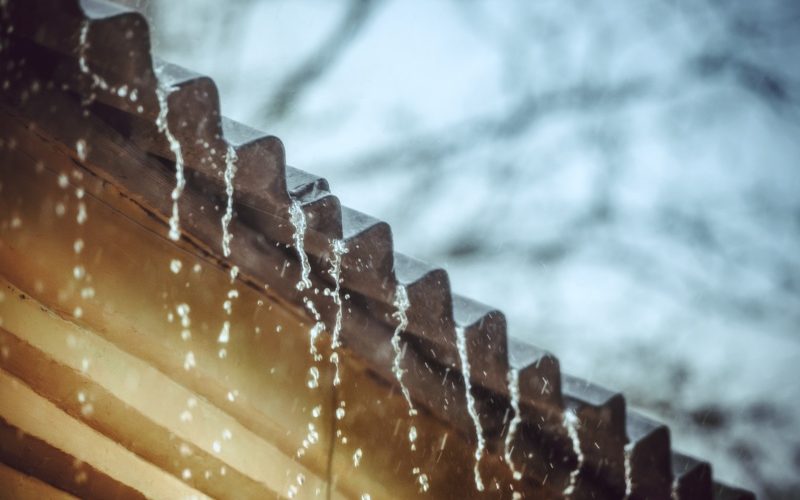If you’re looking for ways to improve your properties’ self-sufficiency and successfully battle the long, rainless months that leave your garden dying for more water, consider getting a water tank.
Here are three things to know about water tanks:
1. What Are Water Tanks?
In the most straightforward words, water tanks are used for water storage. People who live far away from water sources or public drinking water supply systems find water tanks to be a lifesaving addition to their home’s water supply system and its long-term sustainability. You can visit this website to learn more about water tanks available to Brisbane properties.
Some of the ways you can utilize water tanks are:
Drinking water
Not everyone is connected to a town water supply system or has access to bottled water. Luckily, water collected inside a water tank can be used for drinking, as long as you test and treat the water. This will make sure it’s free from potentially harmful chemicals and germs.
Provided the water is safe to drink, it can be cheaper, more practical, and environmentally friendly than bottled water or water from the town’s water supply system. For testing and ways to make the water from your tank drinkable, it’s best to get in touch with the local public health unit.
Irrigation and agricultural use
Water tanks are a great way to circumvent the dry months with a readily available source of water. Attending to your crops and garden needs with collected water is, again, a more practical, cheap, efficient, and environmentally sound approach than using regular mains water. The soil and plants will also be thankful to you for providing them with nutrients that collected water is full of.
Fire and emergency use
Some parts of the country are fire-prone areas. Having water tanks set up and accessible to be used during emergency cases is crucial. You can notify fire authorities that you have a water tank that they can access and use by displaying a sign outside your property.
Household and industrial use
You can use water collected in your water tank for many everyday activities including flushing the toilet, showering, washing clothes, washing cars, and much more. Ultimately, a water tank can help you cut down on water bill expenses significantly.
2. What Are The Sources Of Water For Water Tanks?

There are a few water sources to use when you want to have your water tank filled with precious liquid:
Rainwater
Rainwater is the most common and relatively steady source of water for water tanks. Rainwater is the easiest to harvest, and most often comes from the roof. Beware though that rainwater may contain damaging chemicals and germs. As mentioned earlier, have it tested and treated if you plan to use it for drinking.
Natural bodies of water
Natural water bodies are collected from areas such as streams and lakes, providing an instant and bountiful water source, if you live nearby. As with rainwater, this type of water can also contain dangerous chemicals and microbes, making it unsafe for drinking. Another thing to check with local authorities is whether there are any water restrictions from these freshwater areas.
Groundwater
Groundwater can be a good water source if you’ve dug up a well close by, although this water can contain dirt and other ground material.
3. Where You Can Put Your Water Tank?
Depending on your needs and the space you have at your disposal, you can consider one of the following places for your tank:
Underground tanks
Underground tanks save space and are the right choice for those who live in a populated area or have a smaller garden. Some of the best underground tanks are made from plastic or concrete materials that don’t frequently inspect and maintain the tank. These types of tanks are mostly used for watering plants and crops.
Ground-level tanks
Ground-level tanks take up more space, but they’re also cheaper and easier to manage and maintain. These tanks are most suitable for everyday household consumption needs.
Overhead tanks
Overhead tanks give you the best from underground and ground-level tanks. If you construct them on a roof or scaffold, you can save up a lot of space and place pipes directly from the tank to the bathroom.
Whatever tank you choose and wherever you decide to place it, you’ll be ready to respond right away to drought and climate changes.
Conclusion
Water tanks are a useful addition to your home’s water supply system. They can help your household achieve a greater self-sufficiency level and save on your monthly water bills. Having a water tank on your property enables you to meet the dry, rainless seasons better prepared, not sacrificing anything from your usual comfort and lifestyle.




